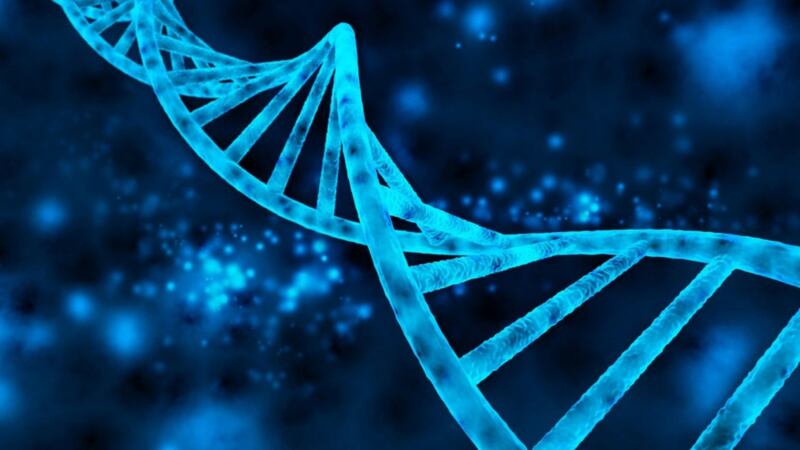Scientists have engineered the first ever organism with synthetic DNA by expanding its genetic code, paving the way for creation of new and artificial life forms.
Scientists at The Scripps Research Institute (TSRI) bred E. coli microbes with an expanded, six-letter genetic code – developing a stable “semi-synthetic” organism in the laboratory.
Professor Floyd Romesberg, of TSRI, said: “We’ve made this semi-synthetic organism more life-like.”
Every living being on Earth is made up of a DNA code that contains four bases, which are represented by the letters G, T, C and A. These bases “pair up” to form two base pairs – to become what scientists call “the rungs of the DNA ladder”.
Scientists modified E. coli to carry an entirely new type of DNA, with two additional DNA bases – X and Y – embedded in their genetic code.
The team first created the synthetic DNA base pair – made from molecules referred to as X and Y – back in 2014, with the aim of inserting it into a living organism.
Since then, the researchers have been working on genetically modifying the E. coli bacteria to take the synthetic base pair into their DNA code. Scientists hit a stumbling block when earlier tests revealed one major problem – the new organism was unstable.
While the modified bacteria were able to “hold” the synthetic base pair in their DNA structure, the X and Y pair eventually disappeared when the cells divided to create new cells and the bacteria reverted back to their previous four-letter genetic codes.
Romesberg said: “Your genome isn’t just stable for a day. Your genome has to be stable for the scale of your lifetime. If the semi-synthetic organism is going to really be an organism, it has to be able to stably maintain that information.”
The team then modified its approach to develop a new and slightly altered version of the E. coli bacteria that would hold on to their new base pair indefinitely, allowing them to live the normal lifespan.
First, researchers built a new version of the nucleotide transporter – to carry the synthetic base pair and insert into the bacteria’s DNA.
TSRI graduate student Yorke Zhang, who was involved in the research, said: “The transporter was used in the 2014 study, but it made the semi-synthetic organism very sick.”
Then, they tinkered with the molecule that was originally used to make the Y base to create a new version that “could be better recognised by the enzymes that synthesise DNA molecules during DNA replication”.
And finally, the scientists used CRISPR-Cas9 – a gene-editing tool – to stop the modified E. coli from treating the X and Y molecules as foreign invaders – creating a new organism in the process.
Romesberg said: “We can now get the light of life to stay on. That suggests that all of life’s processes can be subject to manipulation.”
The research is published in the journal The Proceedings of the National Academy of Sciences.








